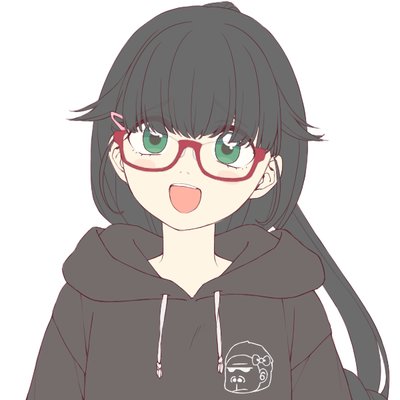Well, I got bored so I wrote down all the non-technical AMV editing technique terms that I could think of at the moment. Feel free to add to it as I probably forgot to include a bunch.

Glossary of AMV Editing Terms (Non-Technical)
Overlay - When one scene of the anime footage is faded on top of another, blending the two scenes together and allowing the viewer to view both simultaneously.
Fade - When the opacity of a scene is decreased to make the scenes dissolve or "fade" away into black or other colors.
Blur Fade - When the fade technique is combined with blurring to make a scene harder to distinguish as it fades away.
Cuts - Effectless transitions where one scene will directly follow another.
Transitions - When one scene cuts to another but has an added effect to it. This effects can range from fading, flashing, peeling, shifting, or zooming from scene to scene.
Clips - The segments of scenes cut from the original episodes and put on your editing program's timeline.
Cropping - When the sides of a scene are cut off or shortened to trim the scene into a smaller bar or box. This is commonly used to crop edges or segments off a scene to create borders where different footage and effects can be seen underneath.
Lip Flap - Unintentional footage of a character speaking in an AMV when the music or editing doesn't call for it. This usually happens when editors use sequences where the character speaks during the desired action and thus give the appearance of the character talking without volume.
Beat Sync - How well the footage of and AMV times itself to the beats and rhythm of the music. There are two kinds of Beat Sync; Internal and External.
---Internal Sync - When an AMV's anime footage is timed to hit the beats and rhythm of the music without the use of flashes or effects. Usually demonstrated when the punches in fight scenes, explosions in battle sequences, or general movements of the characters are directly timed to specific beats of the music.
---External Sync - When the effects or scene changes in an AMV are timed to hit the beats and rhythm of the music. This includes things like flashes, fast cuts, and fades to name a few.
Orphan Frame - An extra frame from a scene transition that the editor neglects or misses when clipping scenes. It happens when then scene you are clipping has a natural transition and you forget to fade/cut it fast enough to avoid an unwanted change in picture.
Fast Cuts - When numerous, different anime scenes are flashed sequentially to a fast beat or drum in the music, creating a montage of fast clips that flash by.
"Metal" Flashes - A common and cliche effect where a quick white, black or colored flash is timed to flash rapidly to fast drum or guitar beats in the song. This creates an almost seizure like effect that makes normal footage almost blinding. Common with all varieties of AMVs using metal music.
Stutter Cuts - When the same scene has frames clipped from certain segments to make the movements shorter and fractured looking. Commonly used for action videos, it can create a look of "stuttering" footage or just speed up certain action sequences by clipping excess frames.
Lyric Sync - The ability of an AMV to match up scenes of the source footage to the lyrics of the song. This can be done in a literal fashion, like showing rain when the singer mentions the word "rain". Or it can be done in an implied fashion by trying to sync up scenes with certain lyrics to interpret the events or meaning of the scene.
Lip Sync - When AMVs match up the anime character's lip motions to make it look like they are singing the lyrics of the song. Commonly associated with comedy AMVs.
Mood Sync - When AMVs capture the emotion or deeper meaning of the music or anime by not syncing every note and beat, but rather the imagery with the feeling and melody of the song. Usually this is a quality that makes videos have a more artistic or sentimental connection with the viewer.
Rotoscoping - This is the result of the editor cutting out the characters of the anime from their original scene and inserting or overlaying them on a different one.
Geometry/"Cookie Cutters" - This is an effect seen when scenes are cut into shapes. There are many varieties of this effect, from cutting out boxes of the same scene and coloring them alternate colors, to creating shapes and having the footage play inside them over a different background. Common shapes include boxes, circles, triangles, bars, kooptangles, steering wheels, etc.









